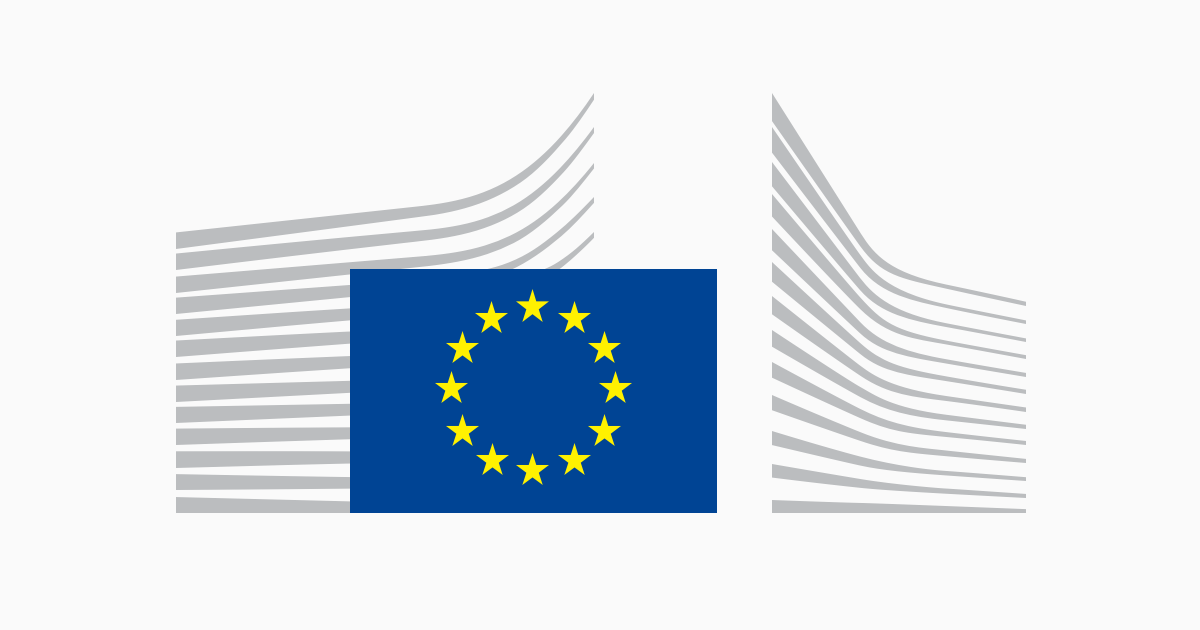Ines is an Estonian entrepreneur with a background in sculpture (BA) and plastic technology (MSc). Making environmental artworks for a music festival “I Land Sound” represented the starting point of the whole adventure with cigarette butts. By creating sculptures related to sustainability and especially to ocean pollution, Ines started to dive into sustainable topics and its main challenges, which led her to work with upcycling…cigarette butts.
Her sculptures mostly focus on the conflict between the natural world and human actions. In recent years she has experimented with using fishing nets, cigarette butts and other waste materials to create her artworks. For example, the sculpture “Venus” is made of cigarette butts collected during the 2020 World Cleanup Day in Tallinn. The artwork represents the beauty (Venus as the ageless symbol for it) and ugliness (cigarette butts as the material represent the symbol for destruction) of humanity in one. While concentrating more on environmental art, Ines got interested in the materials she was using and started looking into ways on how to learn more about plastics. This led her to get her Master’s degree in plastic engineering in TalTech. While faced with the decision regarding the focus on her diploma work, she had an ongoing art project with cigarette butts, which sparked the interest in looking into ways on how to upcycle cigarette butt filter waste, which is made of plastic.
Smoking and cigarettes are often associated to the damages they cause to human health, but they do have a harmful impact on the environment as well. In particular, the environmental print of cigarette butts is massive. For example, a single cigarette butt can poison up to 1000 litres of water, hinder plants’ growth and strengthen the microplastic problem.
During her studies, in collaboration with her supervisor, Ines invented a way to turn cigarette butt waste into new bioplastics. Her initial idea was to use the developed material simply for her art creations, however soon understood that this material could be brought to lots of more people in the form of 3D filament. This sparked her to found Filaret,a green-tech startup company, which focuses on collecting cigarette butts to turn that waste into an innovative 3D printing filament. Filaret is also co-funded by the European Commission and is a partner of Tallinn Strategic Management Office.
What’s next for Filaret?
Ines’s story is not only inspiring because it brings together art and sustainability, but also an example in terms on how creativity and innovation can make an impactful change for the environment.
Although Filaret is a young start-up and only has a few people working for it, it keeps growing and gains more and more partners all over Estonia with prospects on widening to other countries as well. Ines is now working full-time on this and is collaborating with Estonian city governments, Tallinn’s waste management plants, several event organisers, and public spaces such as restaurants, pubs, clubs, etc to create a cigarette butt collection network. In addition, Filaret has partnered up with the World Cleanup Day and Let’s do it! campaign for the past few years. Cigarette butts collected during these events were given to Filaret so that they could make good use out of the waste. According to Ines, they want to make collecting and recycling cigarette butts into a norm. Filaret is currently most active in Tallinn, but the company is quickly expanding because more and more cities are showing interest to partner with them, as Ines explained to us.
By far, Filaret is one of the most creative and innovative initiative related to sustainability that was launched in the last few years.
The situation in Estonia: Ines’s opinion and ideas
To take our thinking one step further, we asked Ines about what her general thoughts on sustainability were and how Tallinn as European Green Capital 2023 was replying to the current challenges.
According to her, the expressions “environmental-friendly” or “green” has been used so much in the last years, often in the context of change and that something becomes more difficult or expensive. Thus, these terms have gained a rather negative connotation instead of the positive change it should drive. “The global situation concerning sustainability is alarming, and there is reason to voice those worries, however there should be enough context provided why the change is necessary rather than just implementing it as a must do. Too little information on the reasons behind it can cause a lot of frustration and resistance.”
From her own experience, connecting science, art and design, sustainable projects could take us further that we can imagine, always opening new possibilities. “In my opinion, there is a lot of unapplied potential that could happen when joining science with art & design. As I’ve seen, there are loads of interesting materials developed in labs by scientists, however since we do not have well established programs on how to bring that knowledge out from the lab and connect it to real life solutions or businesses, these potentially great developments might stay in the lab. In some cases, joining art or design with science may help to build the bridge in introducing new materials or solutions to a wider public.”
Another point which seems very important for Ines is the dialogue between the decision-makers from the city and the citizens. To her it seems that Tallinn is starting to include citizens more and trying to build a community where people could voice their opinions and steer some change. She sees it as a positive change as there often seems a wall between the decision-makers and people who live in the city.

